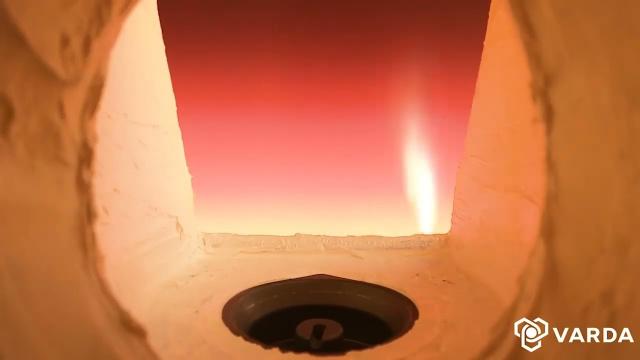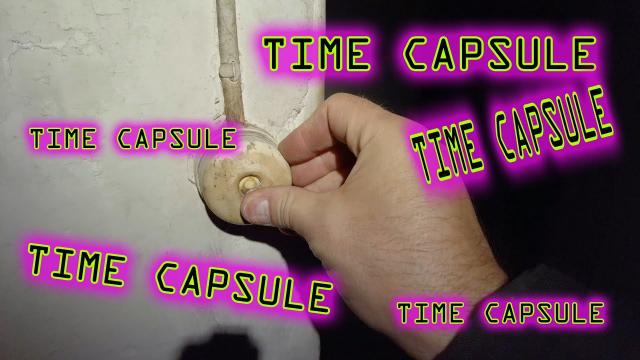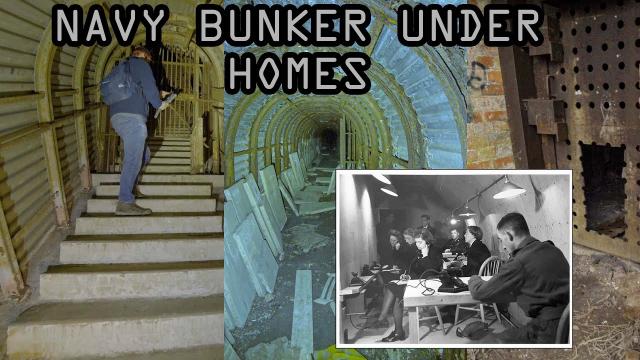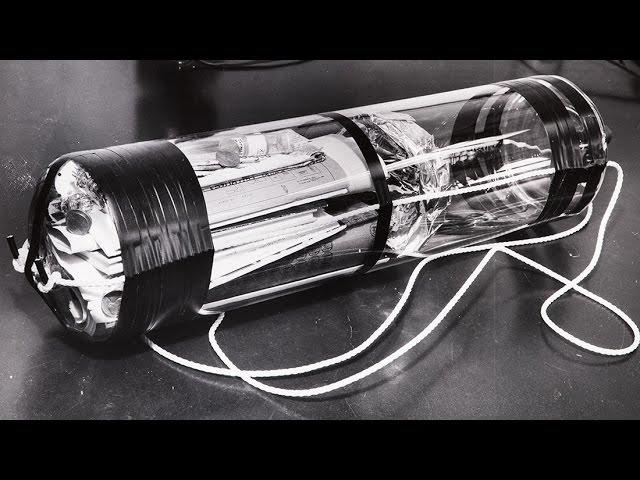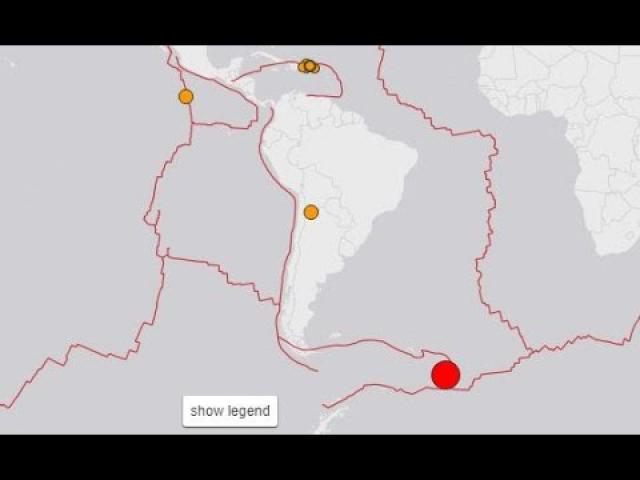Bristol Control War Bunker - TIME CAPSULE *Amazing*
Description
We are not giving out this location due to a spate of vandalism and arson in Bristol recently at abandoned locations.
http://humanities.uwe.ac.uk/bhr/Main/ww2/3_3.htm
3.3 Bristol Fort & Sub-Area
July 1941 saw new plans being drawn up in Bristol which involved setting up a Defence Committee to assume control of the city's affairs if the enemy actually reached its gates. Bristol was subsequently divided into five Defence Areas, West, North, East, South, each of which had its own Defence Sub-Committee, in addition to a central portion, known as the Fort Inner Keep, over which the Defence Committee was to preside to the bitter end.
Consequently, the west of Bristol, which covered the Shirehampton and a section of the Clifton Civil Defence Divisions, was allocated to the 11th Battalion, which also had responsibility, along with the 9th Battalion, for the North area, which embraced the Central and the remaining section of the Clifton Division. Elsewhere, the east of Bristol, covering the St.George Division, was to be held by the 12th Battalion, whilst the south was to be defended by the 10th Battalion which was ordered to hold the Bedminster and Knowle Divisions. The Inner Keep itself, which was bounded by the Clifton Down Railway, the GWR South Wales line and the River Avon, was allocated to the 16th Battalion, with the 15th Battalion providing a reserve. The Bristol Fort and Sub-Area commander was confirmed as Colonel A.F.Chapman, with Lt.Colonel N.G.Gibson as his deputy, their HQ being located at 32 Park Row.
The Bristol Sub-Area embraced not only the city of Bristol, but also four Forts outside the main area and a considerable area of Somerset to the south and west, which was garrisoned by eight Gloucestershire (Bristol) Home Guard Battalions and a portion of 7th Somerset (Long Ashton) Battalion. In addition to the Bristol Fort with Inner Keep the Sub-Area included Filton Fort to be held by the 13th Battalion, Fort Severn Section, Avonmouth, the responsibility of the 14th Battalion, Whitchurch Fort, defended by the 10th Battalion and Fort Portishead and the South Bristol Out Post Zone, both allocated to the 7th Somerset Battalion based at Wraxall House. Each of these had its own officer commanding who was directly responsible to Sub-Area Command.
Battle HQ's were also selected and equipped for use in time of emergency by many battalions and companies and all of these were equipped, not only with ordinary telephone lines, but also alternative land lines laid by battalion signalers, connecting both the companies and their forward Observation Posts with Battalion HQ. The role of the Home Guard which had, to date, been entirely static was now made more mobile. Defence in depth, by a system of Defended Localities was adopted and 25% of the troops manning these were mobile.


